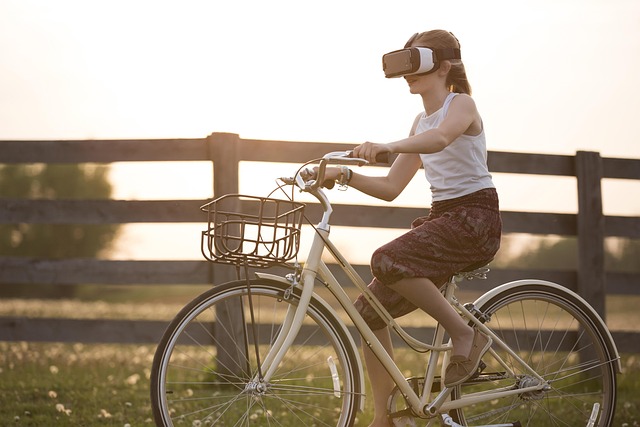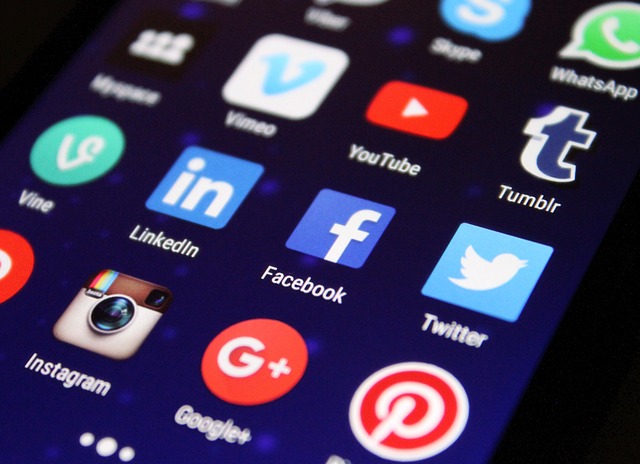The phenomenon of virtual identity has transformed dramatically over the past decade, shaping how we interact, communicate, and perceive ourselves within the vast landscape of social media. As platforms evolve, so too does the way we present our virtual selves. What was once a simple profile picture and a short bio has morphed into an elaborate tapestry of curated experiences, filtered snapshots, and meticulously crafted personas.
The impact of social media on our virtual identity cannot be overstated. As we seek validation and connection in virtual spaces, we often find ourselves constructing identities that may differ from our real-world selves. This desire for acceptance can manifest in various ways—whether it’s through the use of filters, editing apps, or selecting the right moments to share. The curated images we present often lead to a false sense of perfection, making it critical for us to examine the authenticity of the identities we choose to display.
Social media’s influence extends beyond personal expression; it also plays a significant role in shaping societal trends. Virtual identity has become linked with concepts like self-branding and personal marketing. Individuals, especially among younger generations, find themselves feeling pressured to maintain an image that aligns with societal expectations or popular trends. This constant performance can lead to various mental health challenges, including anxiety and depression, as the gap between one’s virtual and real-life identity widens.
Moreover, the evolution of virtual identity raises questions about privacy and authenticity. With the rise of platforms like Instagram, TikTok, and Snapchat, the line between personal life and public persona has blurred. We now navigate a complex world where every post can potentially define us, prompting an awareness of how our digital footprints shape the views others might have of us. As we share our lives online, our virtual identity becomes a mosaic of experiences, connections, and memories that are often out of our control.
In this landscape, social media possesses a dual character: it empowers us to connect and share but also envelops us in a cycle of comparison and self-doubt. As we witness the seemingly perfect lives of others through our screens, it’s easy to forget that these snapshots don’t represent the entirety of someone’s reality. The challenge becomes learning to navigate this environment—finding balance between crafting a virtual identity that feels authentic while resisting the urge to conform to unrealistic standards.
The future of virtual identity on social media seems poised for further transformation. As technological advancements continue to reshape the digital arena, the potential for virtual reality and augmented reality integration into our social media experience will likely redefine the nature of our identities once again. Emerging trends point toward digital avatars and simulated environments where individuals can explore their identities in new and immersive ways.
In this ever-changing realm, it is crucial for users to cultivate a sense of self-awareness and consciousness regarding their virtual identities. Embracing authenticity while being mindful of the curated nature of social media can lead to healthier interactions and a deeper connection with others. Ultimately, the evolution of virtual identity continues to present opportunities and challenges—urging us to reflect on our presence and purpose within this rapidly developing digital landscape.




